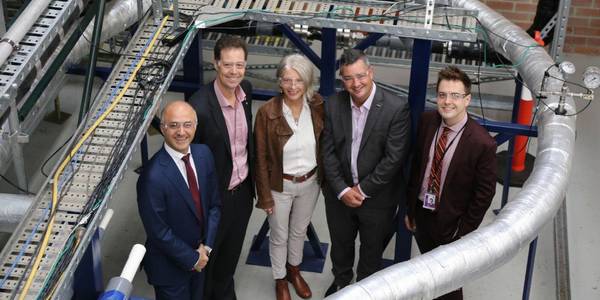
An online prediction tool is being developed to help operators calculate the operational risk of a hydrate blockage in subsea gas condensate systems in real time.
Ice-like methane hydrates, which form inside the pipe and can eventually build up to create a blockage, present a major challenge in multiphase subsea production pipelines. Removing a hydrate blockage from a subsea pipeline is an expensive and time-consuming exercise. For liquefied natural gas (LNG) facilities, such interruptions to production can have severe financial consequences, and therefore hydrate blockages are avoided at all costs.
In an effort to combat this issue, Wood said it is a new funding partnership agreement with NERA (National Energy Resources Australia), in collaboration with the University of Western Australia (UWA), to develop an online hydrate blockage prediction model for operating gas condensate systems.
Commencing in June as part of the ‘Long Subsea Tie-back’ project, Wood will integrate UWA’s mechanistic hydrate model into its operational online Virtuoso asset performance monitoring software package. This will allow operators to calculate in real time the operational risk of a hydrate blockage in their assets both now and into the future, considerably reducing operational uncertainties. According to Wood, this is the first time this has been done.
Dr. James Holbeach, Wood’s strategy & development director for its automation and control business, said the project will help avoid costly offshore repair campaigns.
“The project will enable more optimized engineering design and drive significant cost savings for operators through reduced chemical usage and improved production recovery,” he explained
Wood said it intends to deliver a fully integrated commercially available version of Virtuoso with the UWA Hydrate Mechanistic model by October 2019.
The program builds on the Wood-led Transforming Australia Subsea Equipment Reliability (TASER) project which leveraged NERA funding and industry connections to focus on sharing knowledge to improve subsea equipment design and reduce costly and time-consuming associated with equipment that is failing prematurely.